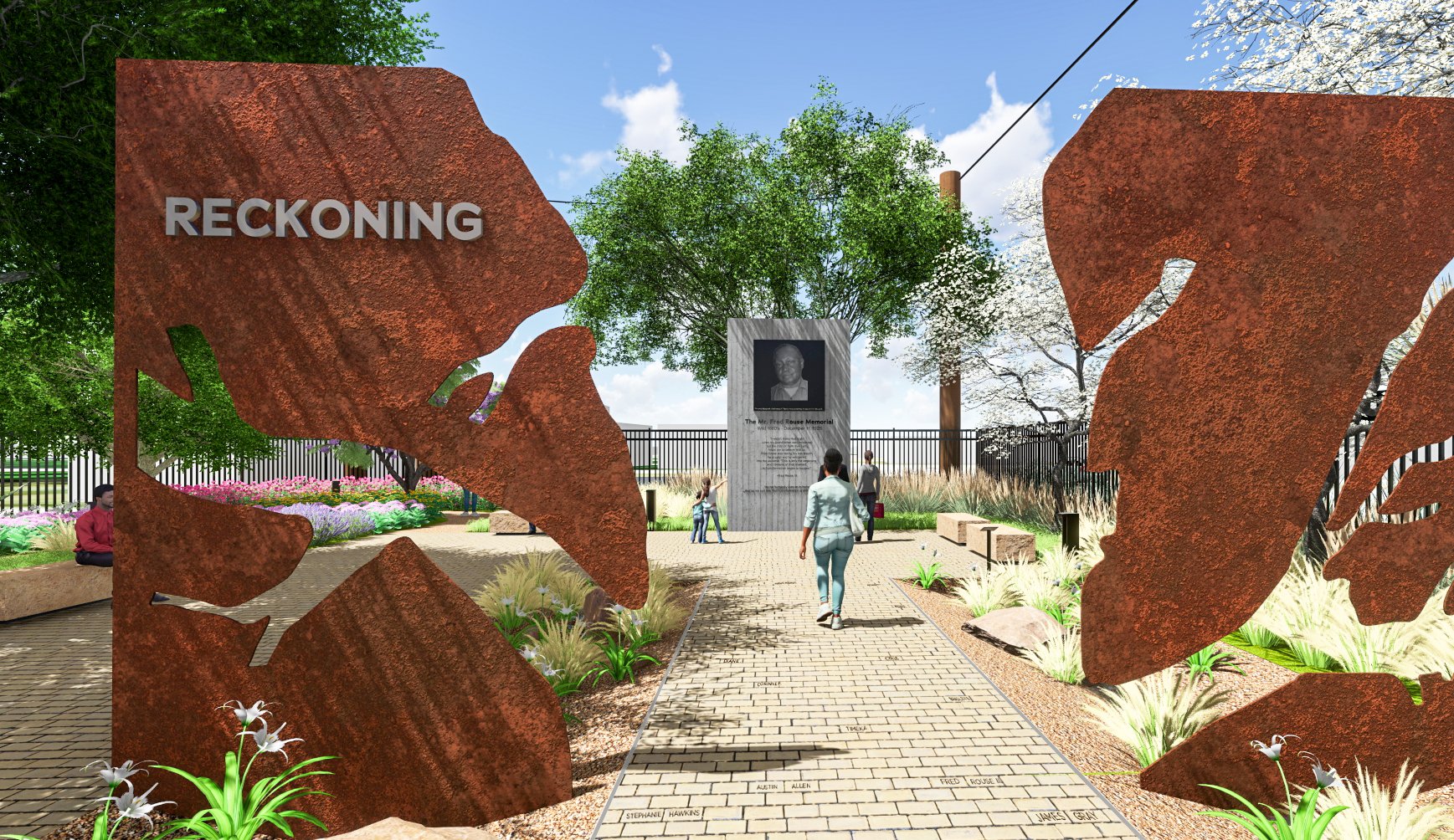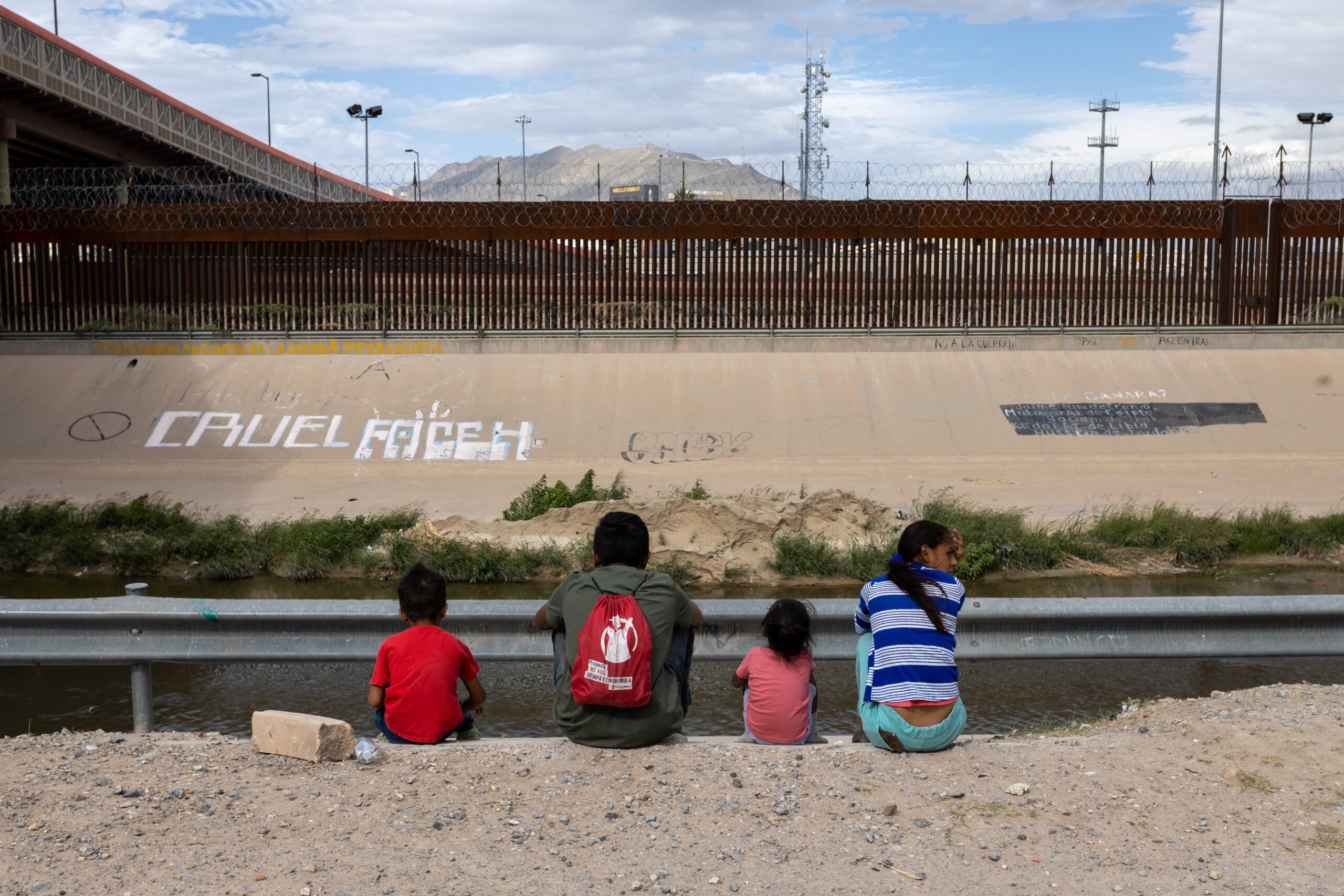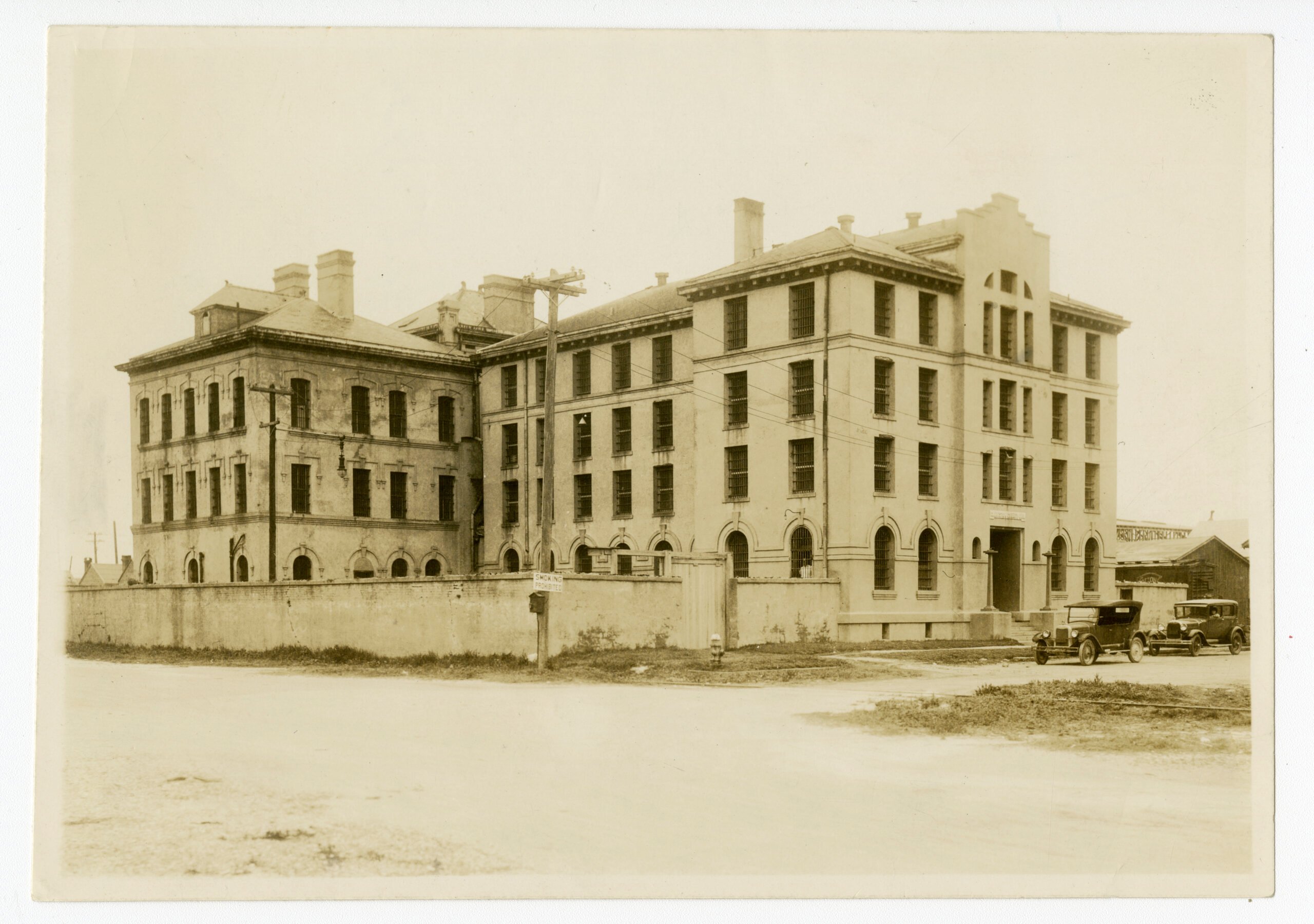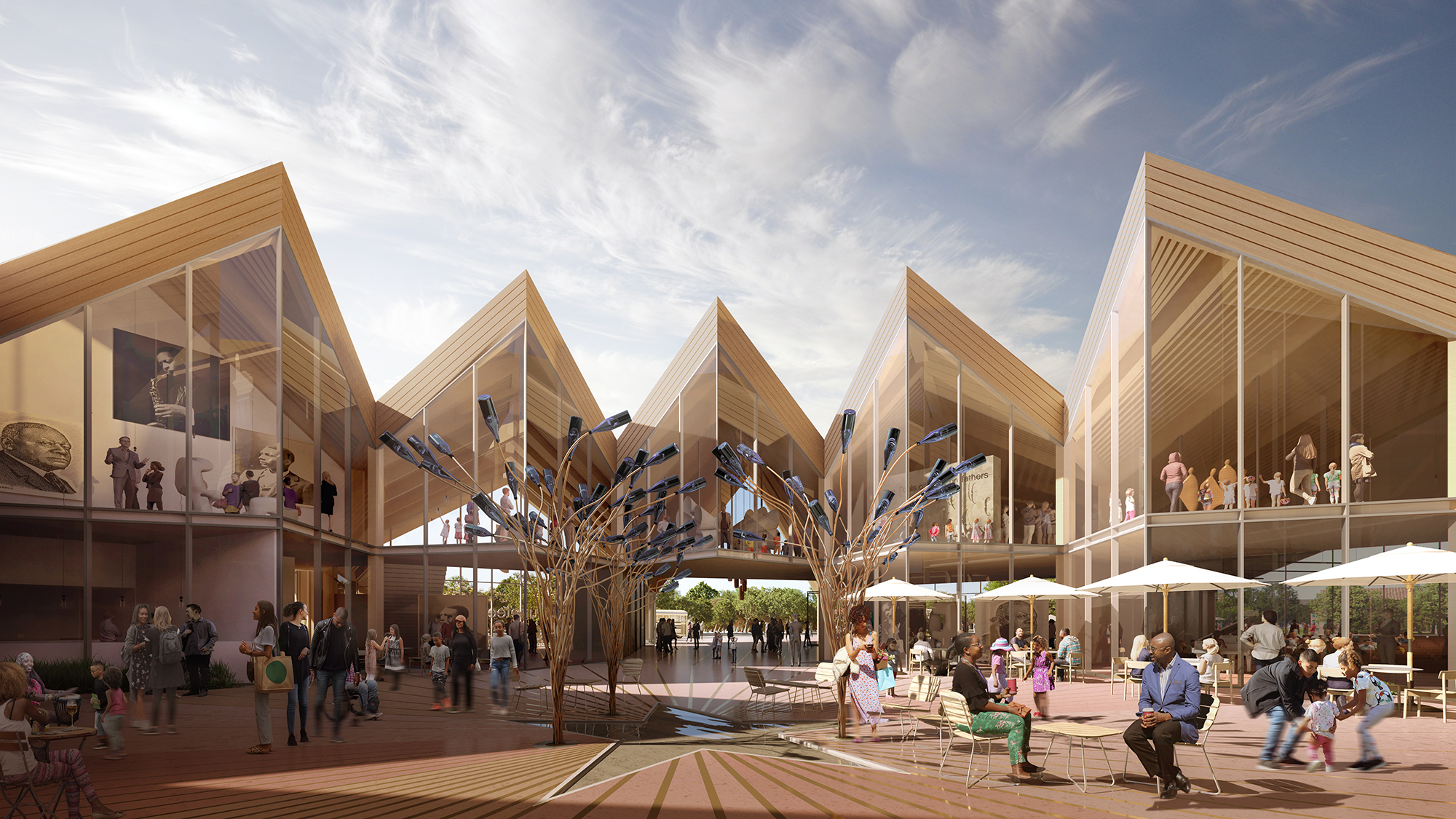They burned his coat before they killed him. This was in Fort Worth, in 1921, during a strike at a packinghouse: A Black worker, excluded from the whites-only union, crossed the picket line. After his shift, he was confronted by white strikers. What I know of the story comes from century-old newspaper accounts that I suspect may have favored drama over accuracy; they say the man talked back to the picketers, was stabbed by one of them, and pulled a gun from the pocket of his overcoat and shot two people. Then he was badly beaten and left for dead. Once the police had hauled him off, the man’s attackers, in the words of the next day’s edition of the Fort Worth Record, “made a bonfire of the Negro’s coat on Exchange Avenue.”
It takes some effort to burn a coat. Hence the bonfire. Although this is another detail I can’t verify, the coat burning has the strangeness of truth—of an omen, even. It’s as though the killers wanted to destroy evidence ahead of time.
To go looking for traces of a person who was lynched is to encounter one erasure after another, beginning with a bonfire lit one winter afternoon. I’m tempted to fill in details: the stink of burning wool, mingled with the packinghouse odors of cowshit and blood. The flames gobbling up the fabric. A handful of white people lingering with fists in their pockets, mesmerized by the fire.
But see how quickly I’ve lost track of the man I’m trying to locate, who disappears along with his coat.
On a mild fall morning, I make my way to East Exchange Avenue and find myself on a bluff overlooking the Stockyards. The Swift and Armour meatpacking plants that once bolstered the city’s status as a center of the livestock trade are long gone, while the stockyards have become a tourist attraction. I can hear a guide’s amplified voice, and I turn to see a group of enormous, old-looking longhorns, white and rust and brown-colored, being paraded down the brick street, a living tableau of the men-with-bovines version of Texas history.
I’ve come for a different tour. A bright red Dodge truck pulls up, and the driver, Fred Rouse, apologizes for “the mess,” which amounts to one loose water bottle. He’s neatly dressed and speaks in a soft, calm voice, belying the upheavals he’s weathered since 2020. His mother died from COVID that year, in August. A month later, he’d just settled in to watch Game 1 of the NBA finals when a friend he hadn’t spoken to in many years called and asked whether he could pass on Rouse’s number to some people he knew. Once connected, members of a community group called the Tarrant County Coalition for Peace and Justice (TCCPJ) started telling Rouse about a man they said was his grandfather, also named Fred Rouse. Your grandfather was lynched, they said.
The Fred Rouse who’d been sitting on his couch rooting for the Lakers figured they’d made a mistake. He was 46 years old, a network engineer, a father of three. He’d moved to the Dallas area after college and more recently to a suburb of Fort Worth. His dad had died when he was 12, and he’d never known anything about his dad’s dad—not even his first name—but this story about a lynching didn’t line up. As far as he knew, he didn’t have any family in town. Then the callers identified his mother and father and siblings. They verified other things he knew to be true of his family, and he was convinced: On December 11, 1921, his grandfather had been dragged from a hospital room where he was recovering from a beating and hanged from a hackberry tree on Samuels Avenue.
“It was like, ‘All right, that’s not really something I wanted to hear four weeks after my mom died,’” says Rouse. Yet soon, he was in touch with a cousin in Fort Worth he’d never known, and he joined the TCCPJ. He became Fred Rouse III. Now he is helping to create a memorial to his grandfather and contributing to another project, one that will turn what was once a Ku Klux Klan headquarters into the Fred Rouse Center for Arts and Community Healing.
In a city that has traditionally identified itself with nostalgic legends of cowboys and pioneers and oilmen, these efforts to commemorate the first Fred Rouse, Tarrant County’s sole documented Black lynching victim, aim to make visible some of what those legends obscured. Even more ambitiously, they intend to seek solace through art and architecture and landscaping and community, to reckon with horror and death in beautiful new spaces.
As we look down at the Stockyards, Rouse points to the spot where his grandfather was first beaten up, then to the old streetcar tracks embedded in the brick. His grandfather had a chance to escape by boarding a car, Rouse says. He was denied entrance by the conductor, though, and fell into the hands of the mob. The Record would report that “his face has been beaten almost into a jelly, and his body is bruised and filled with holes.”
Nostalgia, according to one theory, helped fuel the wave of lynchings in Texas during the 1910s and early 1920s. Violence had long been seen as necessary for white people’s survival and prosperity here, whether through fights with Native Americans, the stringing up of suspected cattle thieves, wars against Mexico and the Northern United States, or assaulting abolitionists and, later, carpetbaggers. Killing was established as a ritual of manhood, historian William Carrigan has argued, and in the modern era, lynching became a callback to the violent frontier past.
“We have no idea about the ghosts that are walking the streets of Tarrant County.”
In the immediate wake of the Civil War, many whites were lynched, but by the close of the nineteenth century, lynching victims were overwhelmingly Black and their murders were turned into entertainment. The most notorious such spectacle was the 1916 lynching of Jesse Washington in Waco, which drew more than 10,000 people to witness a “feeble-minded” 17-year-old be dragged, beaten, stabbed, doused in oil, amputated and castrated, then slowly lowered onto a fire. Here the language typically used to characterize lynchings—as racial terror, as a form of social control—doesn’t really seem adequate. Terrorism has a twisted logic to it; this was much more deranged, a collective sociopathic turn. Sadism as a pastime.
There will never be an accurate tally of Texas lynchings, says Jeffrey Littlejohn, a history professor at Sam Houston State University who maintains a website, Lynching in Texas, with a map-based interface of known killings. “People will call me and say ‘I have this story, I can’t really confirm it,’ and then you look into it and you can’t really confirm it, either,” he says. To date, he and his students have documented more than 600 Texas lynchings, and in 75 percent of those, the victims were Black men.
“I want people to understand that these events happened in their communities, cities, counties,” Littlejohn says. “People were reading about them in the newspapers. Lynching is mixed right in there with what the federal government was doing, what bills had passed, what wars were being fought abroad, what the corn and cotton prices were, and here’s a big story about someone who was burned at the stake on a square in Conroe.”
From the Stockyards, Rouse drives us to our next stop. He’s leading me through the TCCPJ’s Fred Rouse Memorial Tour (originally developed by DNAWORKS, an arts group, as the Fort Worth Lynching Tour: Honoring the Memory of Mr. Fred Rouse) which guides visitors through the events of his grandfather’s final days. We park behind an office building downtown, which a century ago was the hospital where the police brought Rouse once they realized he was still alive. The Negro ward was located in the basement. I picture a sort of subterranean field hospital, people languishing on cots in a continual twilight, while one of them, a man with a ruined face who wasn’t supposed to survive, is somehow clawing his way back to life.
The building is now part of the Bass Performance Hall complex, but high above the entrance, the words “City & County Hospital” are engraved in stone. Earlier I spoke by phone with Timeka Gordon, who grew up on the east side of Fort Worth and is now the director of the Intercultural Center at Texas Christian University, as well as a member of TCCPJ. She helped develop the tour, and when she first came to the hospital site and saw the inscription, she told me, “I lost it. Here we are in downtown Fort Worth, a place I had visited so many times as an adult and as a child. I’ve learned about everything else, and never did I learn about this man and what happened here. We have no idea about the ghosts that are walking the streets of Tarrant County.”
Thanks to the TCCPJ, a local marker program, and cooperative property owners, there’s now a sign outside the building that tells of how Rouse was abducted from the hospital: Late at night on the fifth day of his convalescence, a group of men barged into the Negro ward and demanded he be turned over to them.
Fred Rouse III stands over the sign and reads a line out loud: “When the nurse called their attention to the fact that he had no clothes, they jokingly replied that ‘he would not need any.’” The men dragged him away and ferried him north, headed for a tree where a white man had been hanged the year before.
In 2019, Gordon took a group of TCU students to Montgomery, Alabama, to visit the National Memorial for Peace and Justice, established by the nonprofit Equal Justice Initiative (EJI). There, more than 800 hanging steel pillars represent counties where lynchings occurred, the victims’ names etched in the metal. On the way, Gordon was contacted by a TCU colleague, who asked her to look for a particular name, Fred Rouse. It was the first Gordon had heard of him. “I was dead set on looking for the pillar. I became all-consumed, and my students did as well,” she says. They found the marker with Rouse’s name on it. “We were determined when we got back to TCU to research this man.”
The professor who’d contacted her, Adam McKinney, had already begun that research, prompted by a column in the Fort Worth Star-Telegram about the Tarrant County pillar. With others they formed the TCCPJ, its mission to memorialize Rouse and to spark broader conversations about race. The group raised enough money to purchase a plot of land at Samuels Avenue and NE 12th Street, where Rouse was hanged from a hackberry limb.
It would’ve been close to midnight by the time the men brought Rouse there to what was known as the death tree. Word spread quickly, and a mob of dozens, maybe as many as a hundred white people, left their beds to watch the hanging. Afterward some in the mob fired shots at his dead body; others threw rocks.
The tree was chopped down three days later. Two policemen and a railroad employee would be charged with murder, but the cases were eventually dropped.
The corner of Samuels Avenue and NE 12th Street is now part of an industrial zone bordered by railroad tracks and a thoroughfare. Rouse and I head there and walk onto a spit of grass that sits next to a window-cleaning business and across from a huge lot where semi-trailers are docked at a warehouse. Back-up alarms pierce the air over the rumbling and whining of motors. In addition to purchasing the land, the TCCPJ worked with EJI to install a commemorative marker, and hired a design firm to plan a memorial at the site.
There are no trees on the land now, which makes it all the harder to picture what occurred a century ago. The dreary environment around it, with its expanses of concrete, its corrugated flex-space buildings and relentless engines, is so familiar—we’ve all passed through a zillion ugly, paved-over places like this, wrecked for the sake of shipping and logistics and whatever else—and I remember that it’s not just the cows-and-oil version of history that hides the past from us.
For Fred Rouse III, the twists of fate that brought him to this spot seem so improbable as to suggest some larger force at work. On the hundredth anniversary of the lynching, the TCCPJ and others held a ceremony for the marker’s unveiling, and Rouse addressed the gathered crowd. Now he recalls some of the speech for me: “One hundred years ago today, my grandfather’s blood was shed on this land, but 100 years later, his blood came back, his flesh came back, and his name came back.” Rouse is still amazed by this.
“When I was standing there giving that speech, it was like I was on a mountaintop,” he says. “All the things that had to happen, to put me there a hundred years later, to the day. I can’t even describe the feeling.”
Both the Fred Rouse memorial and the planned arts space are meant to be sites of community healing. Wondering what that could look like, I talk to Diane Jones Allen, principal landscape architect at DesignJones, which designed the memorial. Previously she and a team designed the Tamir Rice Memorial in Cleveland, and in both projects, questions about how to balance trauma with beauty and tranquility have played out in practical, material decisions. For the Rouse memorial, moreover, “It’s an industrial zone, that was our challenge,” she told me.
In the final design, three steel panels with tree-shaped openings serve as thresholds for visitors to pass through before arriving at a wall of remembrance. Plants will surround the path and fill the space between the memorial and the window cleaning company. In the renderings, the cutouts in the panels seem to make the absence of the hackberry tree visible, a jagged hole, and I can see how these nontrees might serve as a kind of portal. Walk through them and discover what happened.
Rouse’s story had been largely forgotten in Fort Worth before the EJI lynching memorial revived it, yet there are some people who knew about Rouse all along. One is Sandy Joyce, editor of La Vida News: The Black Voice, a weekly paper founded in 1957. Joyce grew up in Fort Worth, occasionally accompanying her mother to her job as a maid for a wealthy white family, and attended I.M. Terrell High School, which was the Black high school when the school district was segregated. She then left for Columbia University and lived in New York for 27 years before returning to Fort Worth in the mid-1990s.
Joyce went to a meeting that DesignJones held for community members, she says, and came away with mixed feelings. “I told them, ‘This is really not as successful as it could be, because these people [at the meeting] don’t know [the location] where you’re talking about’”—and not just because the site is in a warehouse zone. Fort Worth has always been the kind of place where people on the south side often didn’t know much about the north side, and vice versa, Joyce told me, and that makes it harder to define the community of interest for the memorial.
After Rouse’s tour I meet up with her, and she guides me around the Southside, a historic middle-class Black neighborhood of frame houses and wide avenues. She gestures toward old clubs that have closed and old churches that are still going and a popular Jamaican restaurant. Then we stop at a public library branch, one that Joyce and other activists had fought to have built. She shows me the community room, lined with old photos of schoolchildren in all-Black classrooms, and names some of the teachers. While she never says it outright, I believe she’s trying to help me at least glimpse the larger arc of Black history in the city, to make sure I see more than the lynching.
Just up the street from the library is Evans Avenue Plaza, built in the early 2000s, where stone rectangles embedded in the brick commemorate notable events in local African-American history. One of the plaques, for instance, notes that in 1919, a Black branch of the YMCA was established in Tarrant County, and in 1920, African American voters helped implement a city mayor form of government, and in 1921, Fred Rouse was lynched for crossing a picket line. Here, it seems, Rouse was remembered quietly, locally, as part of a broader history. Worthy as it is to commemorate what happened to him in a larger way, to tell his story to people across Fort Worth and beyond, I can see how, for someone who’s lived with this knowledge for a long time—and who’s seen her share of well-meaning groups try to do things that die on the vine—the memorial project might elicit a more cautious kind of support.
Another project, the arts center named for Fred Rouse, is much bigger in scale than the memorial, a collaboration among multiple groups who’ve banded together under the name Transform 1012 N. Main Street. The design for the space is still in progress, but the idea is to renovate and repurpose a huge abandoned building at 1012 N. Main Street that was originally a KKK auditorium seating 4,000 people. Its size speaks to the Klan’s power in Fort Worth in 1924, when construction started. Two years earlier, the same year that a grand jury failed to indict the suspects in Rouse’s murder, candidates affiliated with the Klan won every state and local race on the Fort Worth ballot, as well as one of Texas’ Senate seats.
This, however, was a high-water mark for the Klan in north Texas and elsewhere. The local chapter only held on to the building for a few years. It was then briefly a department store, then a boxing arena, and for a long time, a pecan factory—a sign reading Ellis Pecan Co. is still attached to the facade. (Occasionally a young Sandy Joyce would go there with her grandmother, who would sell the nuts from her pecan trees when she needed cash for a project.) It had been sitting vacant and was slated for demolition when the Transform 1012 coalition acquired it.
Bizarrely, the magician Harry Houdini performed there in 1926, while it was a KKK auditorium. Born in Hungary and the son of a rabbi, Houdini must’ve been pretty hard up to hire himself out to a group that was, among other things, antiimmigrant and anti-Jewish. In rooting around online, I don’t find anything about the show itself, but I do come across an account of another visit by Houdini to Fort Worth, a few years earlier, in which he was tied up and dragged behind a motorcycle, hung upside down, and made to escape from shackles. All of it sounds eerily familiar, as though Houdini fashioned a kind of performance art out of the materials of racist crimes. (This, some further searching reveals, is not a new idea in the world of Houdini specialists, but it was new to me.)
By the time of his second show, Houdini was on a mission to debunk charlatans posing as Spiritualist mediums, who claimed they could receive messages from deceased loved ones. His tour slogan, in 1926, was “Can the Dead Speak to the Living?” His answer was an unequivocal “no.”
In a book the TCCPJ produced for the 2021 centenary, the authors repurposed Houdini’s question. Can the dead speak to the living? Can Fred Rouse speak to us? In large part, that’s what these projects, a memorial and the reinvention of a building, are asking.
The power of the lynching tour, which may eventually be true of a visit to the memorial garden and the arts center, lies in their physicality, in how you progress through space as you learn what happened. The tour asks you to sit with—or walk with—the story in a slower, deeper way than if you were to just read it on a historical marker. It’s not that the journey puts you in Rouse’s place, rather it places Rouse.
In the beginning, it frustrated me that Rouse will always remain faceless—that we don’t know more about him, that even the particulars of the lynching story are elusive, drawn from old newspaper accounts. Yet this staging of his last days gives him a kind of shape, like the cutout of a tree that no longer grows. He becomes an absence we might walk through, toward a truth that will never quite let us catch up to it, partial, terrible, halfway paved-over but still at hand, still with us.



